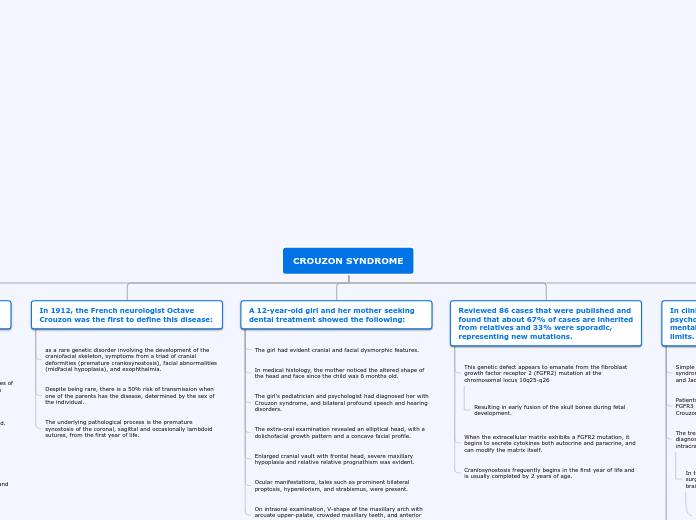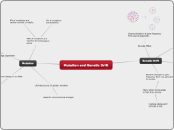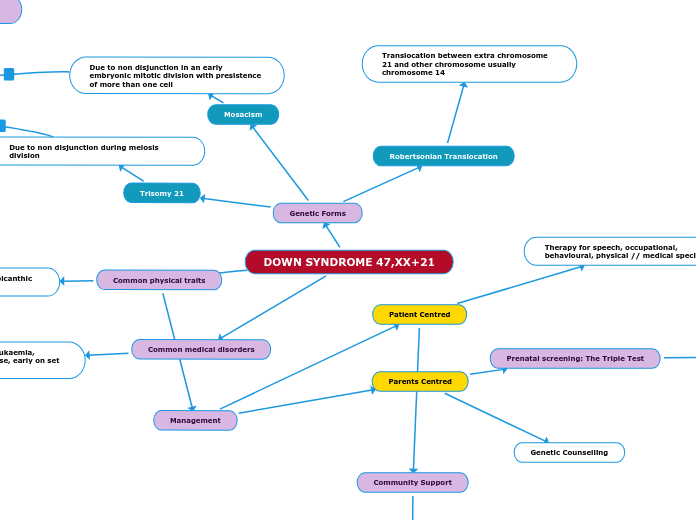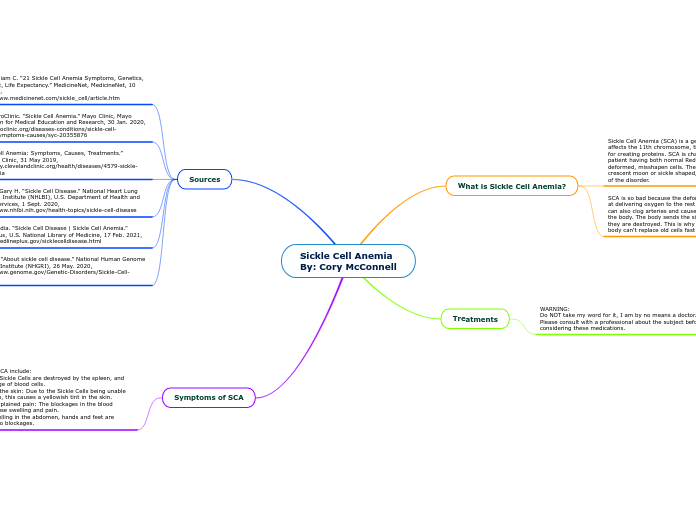CROUZON SYNDROME
In clinical manifestations, it is evident that psychomotor development is normal and his mental capacity is usually within normal limits.
Our 12-year-old patient was never treated for the condition due to lack of parental awareness.
Considering the age of our patient, we formulate a treatment plan that includes malocclusion orthodontic correction and orthognathic surgery if deemed necessary.
The prognosis depends on the severity of the malformation. Craniosynostosis can cause brain compression and mental retardation unless relieved by early craniectomy.
It is one of the few syndromes where the cosmetic results of plastic surgery can be surprisingly specific.
The treatment of Crouzon disease is multidisciplinary and early diagnosis is essential to avoid complications such as intracranial hypertension and blindness.
In the first year of life, the skull synostic sutures must be surgically released to provide adequate cranial volume for brain growth.
It may be necessary to repeat the remodeling of the skull as the child grows, to provide the best possible results.
Patients with associated acanthosis nigricans may have an FGFR3 mutation. [4-6] Apert syndrome has findings similar to Crouzon syndrome but with symmetrical syndactyly.
Simple craniosynostosis, as well as Apert syndrome, Pfeiffer syndrome, Carpenters syndrome, Saethre-Chotzen syndrome, and Jackson Weiss syndrome.
Reviewed 86 cases that were published and found that about 67% of cases are inherited from relatives and 33% were sporadic, representing new mutations.
Craniosynostosis frequently begins in the first year of life and is usually completed by 2 years of age.
When the extracellular matrix exhibits a FGFR2 mutation, it begins to secrete cytokines both autocrine and paracrine, and can modify the matrix itself.
This genetic defect appears to emanate from the fibroblast growth factor receptor 2 (FGFR2) mutation at the chromosomal locus 10q25-q26
Resulting in early fusion of the skull bones during fetal development.
A 12-year-old girl and her mother seeking dental treatment showed the following:
On intraoral examination, V-shape of the maxillary arch with arcuate upper-palate, crowded maxillary teeth, and anterior crossbite were evident.
Ocular manifestations, tales such as prominent bilateral proptosis, hyperelorism, and strabismus, were present.
Enlarged cranial vault with frontal head, severe maxillary hypoplasia and relative relative prognathism was evident.
The extra-oral examination revealed an elliptical head, with a dolichofacial growth pattern and a concave facial profile.
The girl's pediatrician and psychologist had diagnosed her with Crouzon syndrome, and bilateral profound speech and hearing disorders.
In medical histology, the mother noticed the altered shape of the head and face since the child was 6 months old.
The girl had evident cranial and facial dysmorphic features.
In 1912, the French neurologist Octave Crouzon was the first to define this disease:
The underlying pathological process is the premature synostosis of the coronal, sagittal and occasionally lambdoid sutures, from the first year of life.
Despite being rare, there is a 50% risk of transmission when one of the parents has the disease, determined by the sex of the individual.
as a rare genetic disorder involving the development of the craniofacial skeleton, symptoms from a triad of cranial deformities (premature craniosynostosis), facial abnormalities (midfacial hypoplasia), and exophthalmia.
It is a rare genetic disorder characterized by distinctive craniofacial malformations.
Maxillary Hypoplasia: It is that lack of development of the bones of the upper jaw.
This makes the patient have a sunken face appearance and the lower maximum protrudes to a high degree.
It is characterized by premature synostosis of coronal and sagittal sutures that begins in the 1st year of life.
Craniosynostosis: It is that birth defect in which the bones of the baby's skull close prematurely, even before the brain grows fully.
As the brain grows, the skull becomes more deformed.









